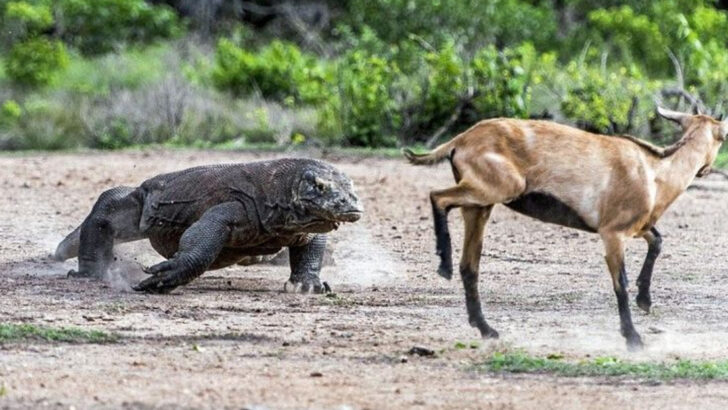Some animals don’t care how big you are. If you cross their path, they will throw paws, claws, fangs—or whatever they’ve got.
We’re talking about absolute maniacs of the wild. Honey badgers that charge lions. Birds that dive-bomb bears. Fish that bite crocodiles. Fearless doesn’t even begin to cover it.
Then there’s the flip side.
Some creatures bolt at the sound of their own sneeze. They’ll leap into a bush, play dead, or melt into the dirt rather than face any sort of confrontation. And honestly? It’s kind of hilarious.
So who’s the toughest bruiser on four legs—or two wings? And who’s the anxious mess hiding behind a leaf?
Let’s meet the wild’s bravest—and the ones who’d really prefer a safe place to hide.
Honey Badger
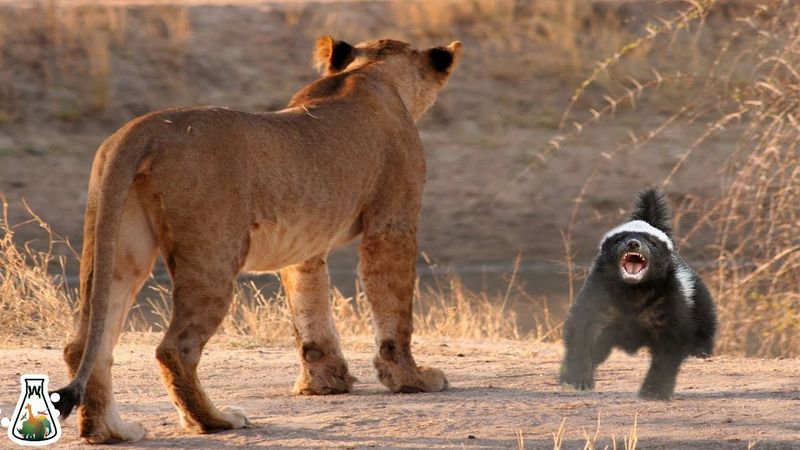
With the ferocity of a tiny warrior, the honey badger defies its size with unparalleled bravery. Known for fighting off lions and venomous snakes, this tenacious creature fears nothing. Its skin is thick, almost armor-like, protecting it from vicious bites.
Interestingly, the honey badger’s relentless nature has made it a symbol of fearlessness across cultures. Their diet is diverse, ranging from berries to dangerous scorpions.
Did you know? The honey badger’s resistance to venom allows it to prey on snakes, turning the tables on one of nature’s deadliest threats.
Elephant
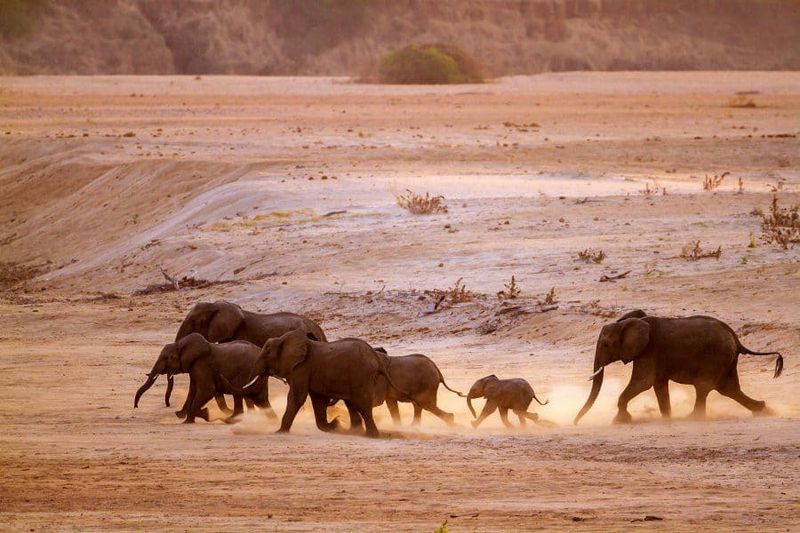
Elephants are not only the largest land animals but also among the bravest. When threatened, they form protective circles around their young, charging at predators with surprising speed. Their intelligence and memory make them formidable opponents.
In folklore, elephants are often depicted as wise guardians of the forest. Their trunks, a marvel of evolution, are both gentle and powerful tools in their defense strategy.
Despite their size, elephants display empathy, mourning lost companions, showcasing emotional depth rarely seen in the wild.
Wolverine
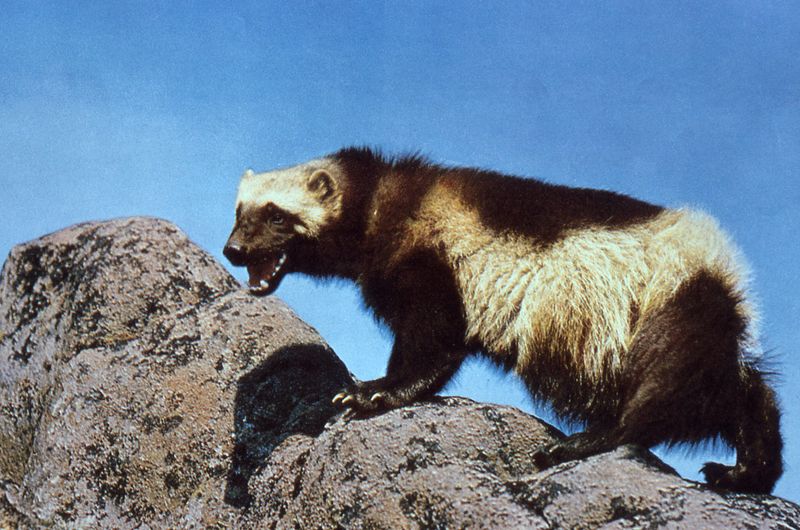
Often mistaken for a small bear, the wolverine is a powerhouse of courage. Its stocky build and sharp claws allow it to take on prey several times its size. Solitary by nature, wolverines roam vast territories, relying on their keen sense of smell to find food.
Their reputation for fierceness is legendary, depicted in various mythologies as untamed spirits. Remarkably, they can crush bones with their strong jaws.
Fun fact: Wolverines have been known to take down a moose, proving their incredible strength and tenacity.
Hippo

Though seemingly gentle, hippos are among Africa’s most dangerous animals. Their large size and powerful jaws make them a force to be reckoned with. Hippos are fiercely territorial, especially in water, where they spend most of their time.
Surprisingly agile on land, they can outrun many predators. Their unpredictable nature is both fascinating and terrifying.
Did you know? Hippos secrete a natural sunscreen, a red fluid that protects their skin from harsh sunlight, adding to their unique adaptations.
Rhinoceros
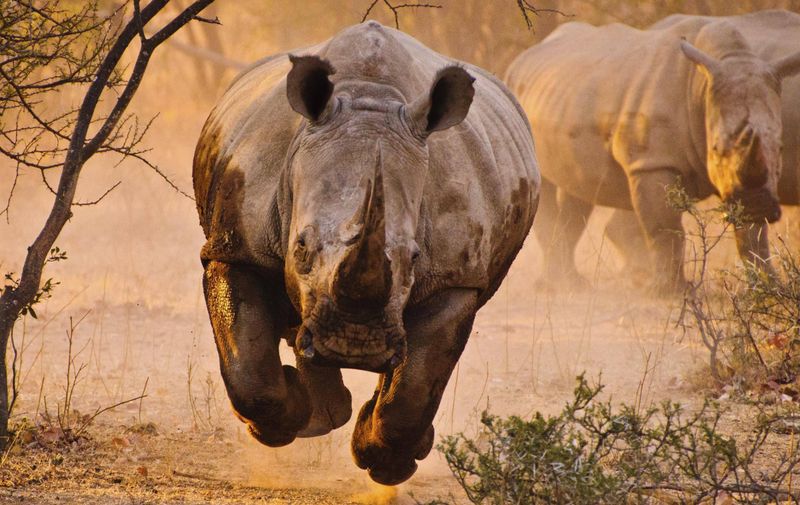
Rhinoceroses, with their iconic horns, are symbols of strength and determination. Known to charge at perceived threats, they defend their territory with unmatched zeal. Their thick skin serves as natural armor, making them formidable opponents.
Despite their fearsome reputation, rhinos are herbivores, primarily grazing on grasses. Their eyesight is poor, yet their sense of smell guides them effectively.
Sadly, rhinoceroses face significant threats from poaching, a testament to the human impact on these majestic creatures.
Lion
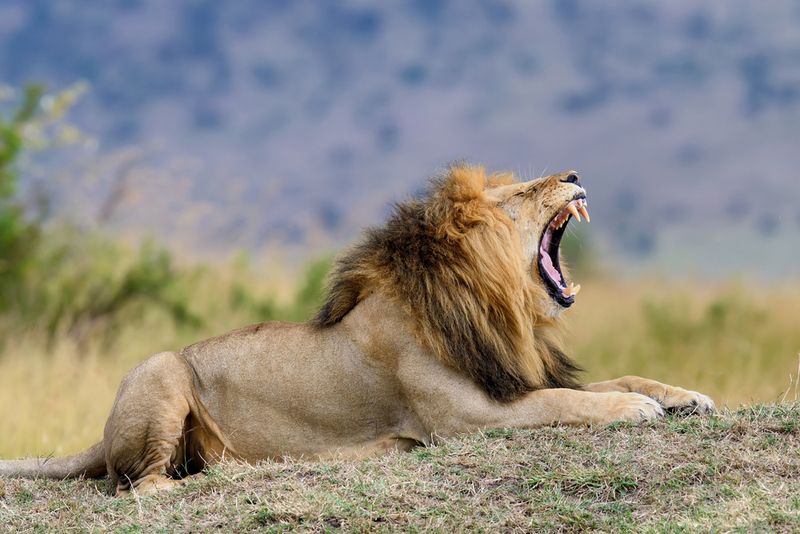
The lion, known as the “King of the Jungle,” radiates power and confidence. With a commanding roar, it can be heard up to five miles away, asserting dominance over its territory. Lions are social, living in prides that rely on teamwork for hunting.
Their golden manes are a symbol of strength, attracting potential mates. Despite their regal appearance, lions spend much of their day resting, conserving energy for the hunt.
Did you know? Lions’ roars can signal pride status and deter intruders, playing a vital role in their communication.
Cape Buffalo
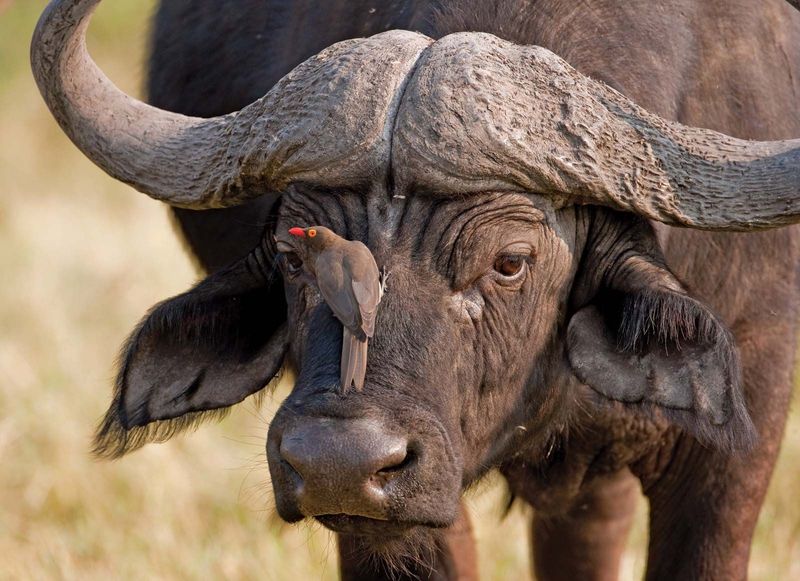
Cape buffaloes, often dubbed the “Black Death,” are unpredictable and dangerous. They defend their herds with aggressive charges, using their massive horns as weapons. Despite their herbivorous diet, they inspire fear in both predators and humans.
Incredibly, they can easily outrun most threats, with a remarkable speed and stamina. Their group dynamics involve mutual protection, showcasing unity and strength.
Fun fact: Cape buffaloes have been known to ambush hunters, a testament to their cunning and survival instincts.
Polar Bear
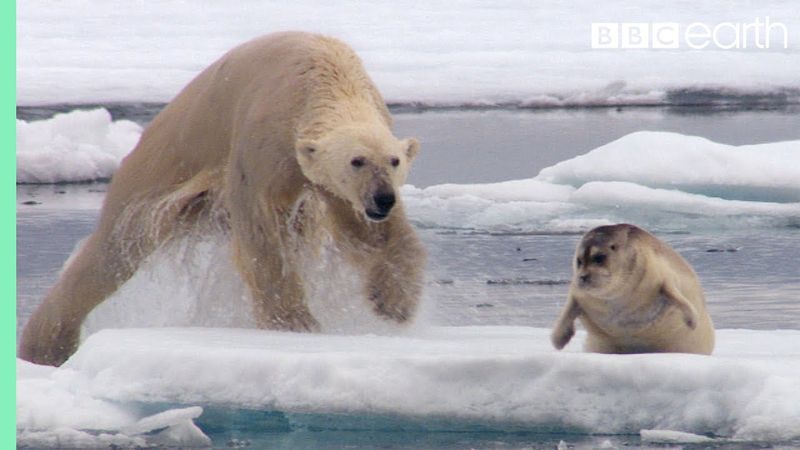
As the largest carnivorous bear, the polar bear dominates the Arctic landscape with unmatched ferocity. Their white fur provides camouflage against the ice, aiding in their stealthy hunts. With powerful limbs, they swim vast distances in search of seals.
Interestingly, their paws are adapted to prevent slipping, a crucial trait in the icy terrain. Polar bears are solitary, relying on their wits and strength to survive in harsh conditions.
Remarkably, their sense of smell can detect seals nearly a mile away, highlighting their exceptional hunting abilities.
Komodo Dragon
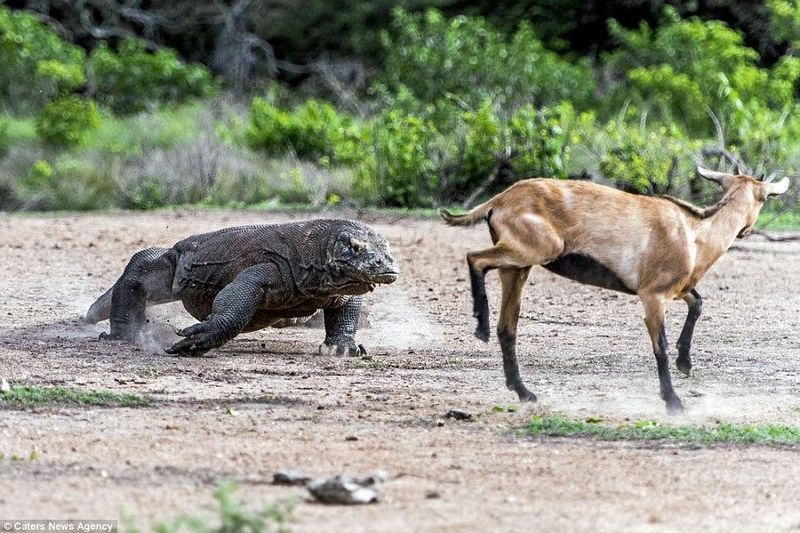
Komodo dragons, the largest living lizards, embody a prehistoric ferocity. With serrated teeth and venomous saliva, they bring down prey with precision. Their muscular tails assist in balance and combat, making them formidable predators.
Native to Indonesia, these dragons are apex predators in their ecosystem. Their keen sense of smell detects carrion from miles away.
Did you know? Komodo dragons can consume up to 80% of their body weight in one meal, a testament to their voracious appetite and dominance.
Jaguar
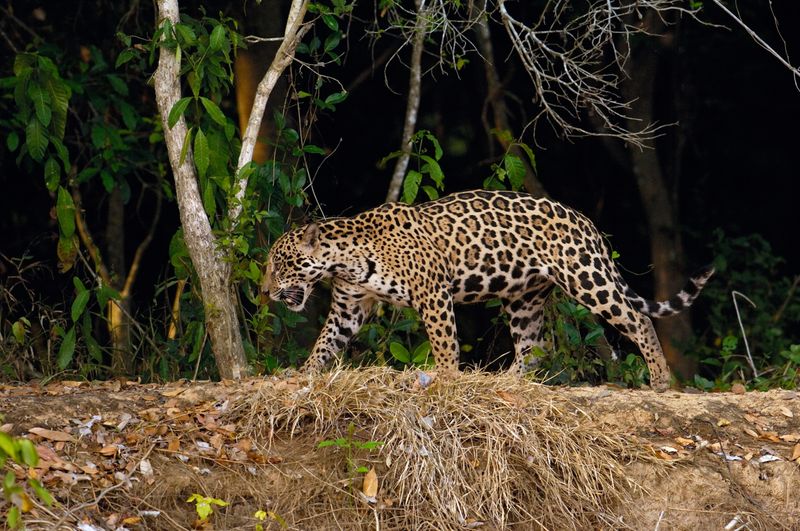
The jaguar, a symbol of stealth and power, reigns as the apex predator of the Americas. With a bite force stronger than any other cat, it crushes bones effortlessly. Jaguars are solitary, relying on camouflage to ambush their prey.
Their beautiful rosette-patterned coats offer perfect concealment in the dense jungle. Interestingly, they are excellent swimmers, often hunting in water habitats.
Fun fact: Jaguars have been revered in ancient civilizations, symbolizing strength and mystery in Mayan and Aztec cultures.
Deer
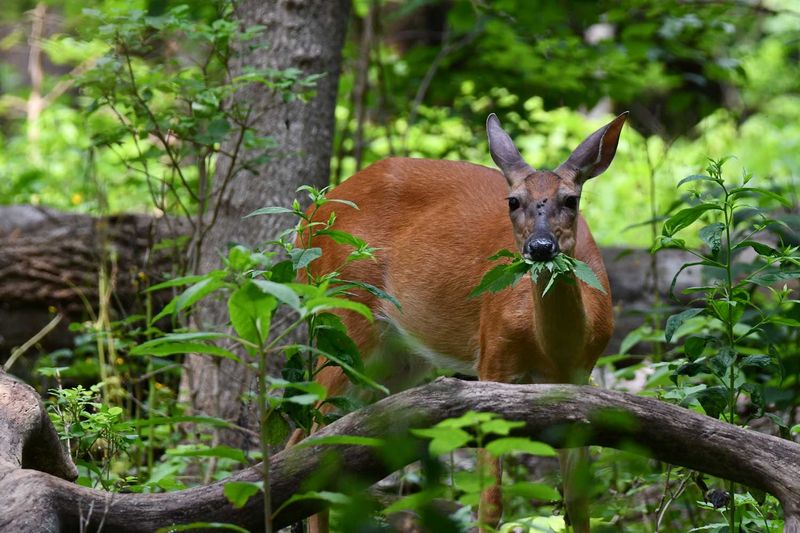
Deer are the epitome of gentleness and alertness. With their large, expressive eyes, they constantly scan for danger, ready to bolt at the slightest noise. Their graceful movements and agile leaps are a marvel to behold.
Living in herds provides them safety in numbers, though they often exhibit a skittish demeanor. Their natural habitats range from lush forests to open fields.
Did you know? Deer antlers, which they shed annually, are among the fastest-growing tissues in the animal kingdom, showcasing nature’s resilience.
Rabbit
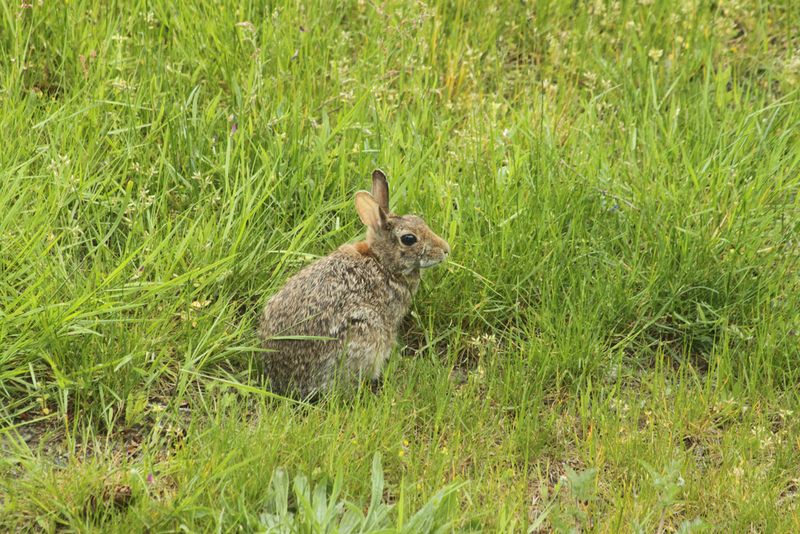
Rabbits, with their twitching noses and fluffy tails, are often seen darting away at the first hint of danger. Their powerful hind legs allow them to sprint fast, evading predators with ease.
Living in burrows, they create complex tunnels that provide shelter and safety. Despite their size, rabbits possess incredible survival instincts.
Interestingly, rabbits communicate through thumping their back feet, a signal of alarm to fellow rabbits, reinforcing their keen awareness and community spirit.
Squirrel
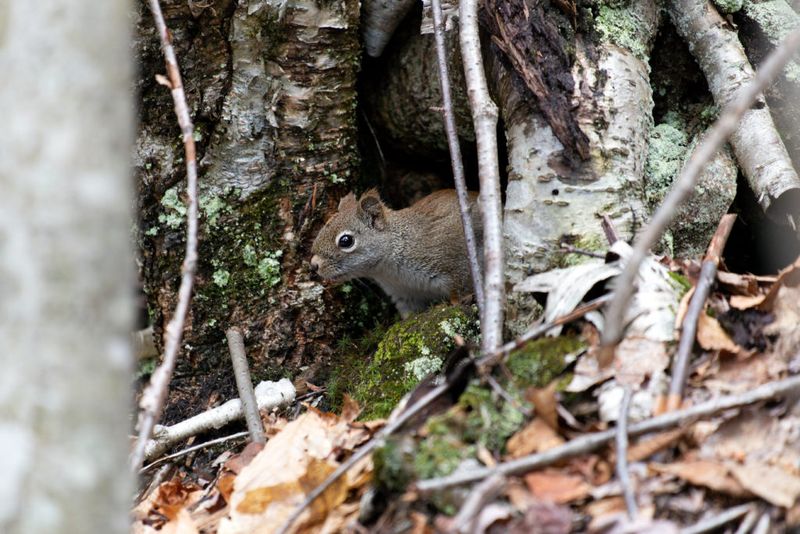
Squirrels, with their bushy tails and quick reflexes, are known for their cautious nature. Always alert, they scamper away at the slightest disturbance. Their acrobatic feats in treetops are both entertaining and strategic.
Interestingly, squirrels play a crucial role in forest regeneration by forgetting some of the nuts they bury, allowing new trees to sprout. This blend of nervous energy and contribution to nature is remarkable.
Despite their skittishness, squirrels exhibit a playful curiosity, often engaging in mock chases with their peers.
Mouse
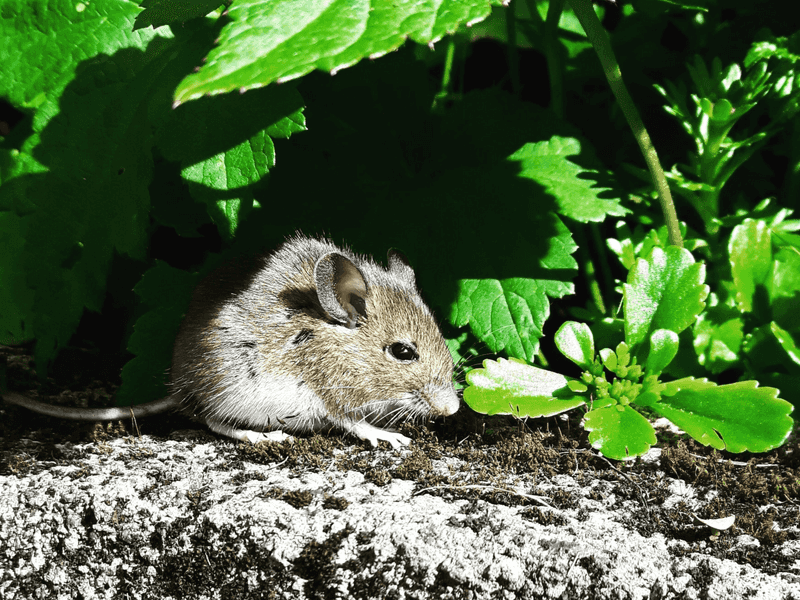
Mice are the quintessential timid creatures, often seen darting away at the slightest hint of danger. Their small size and quick movements help them escape predators. Living in burrows or hidden crevices, they are masters of stealth.
Interestingly, despite their timid nature, mice are known for their curiosity, often exploring new environments cautiously. They play a vital role in the ecosystem, serving as prey for many predators.
Did you know? Mice have been companions to humans for centuries, often depicted in folklore as clever and resourceful characters.
Pigeon
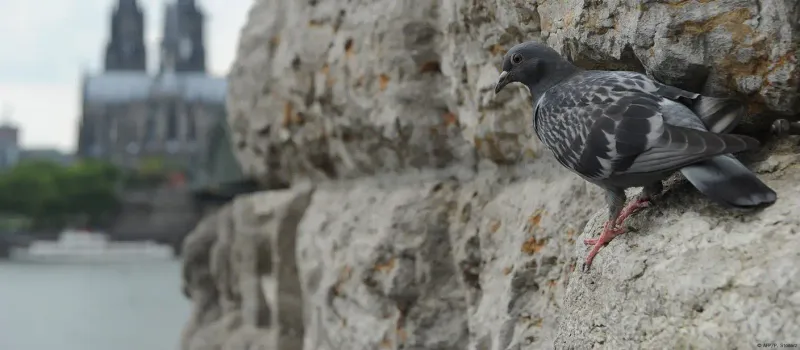
Pigeons, ubiquitous in urban landscapes, are often portrayed as nervous creatures. Their constant head-bobbing and sudden flights are a testament to their wariness. Despite their skittish behavior, pigeons have remarkable homing instincts.
Throughout history, pigeons have been used as message carriers, showcasing their reliability and adaptability. Their keen sense of direction is a marvel of nature.
Interestingly, pigeons are capable of recognizing human faces, a trait that aids their survival in cities.
Sheep
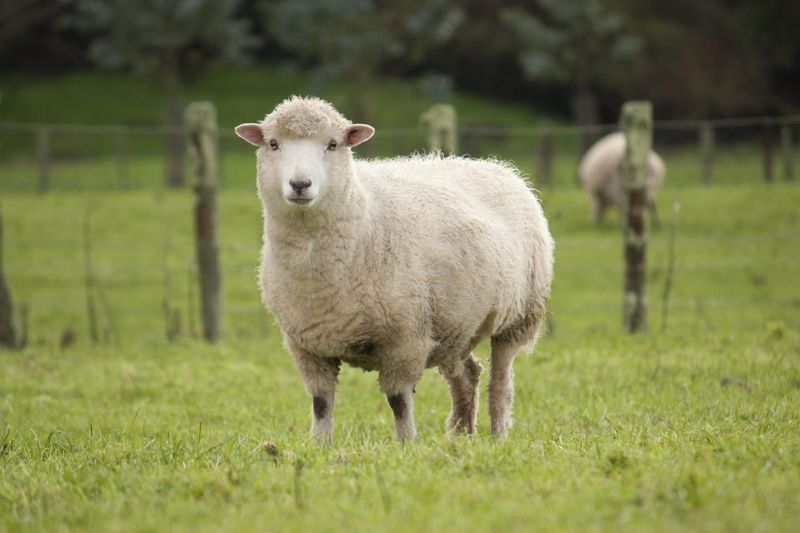
Sheep, with their gentle demeanor and woolly coats, epitomize timidity. Known for following the herd, they rely on group dynamics for safety and comfort. Their instinct to flock together is a defense mechanism against predators.
Sheep are often portrayed as symbols of innocence, nurturing a sense of calm. Despite their meekness, they play a vital role in agriculture.
Fun fact: Sheep have excellent memories, capable of recognizing individual flock members and even human faces for years.
Chicken
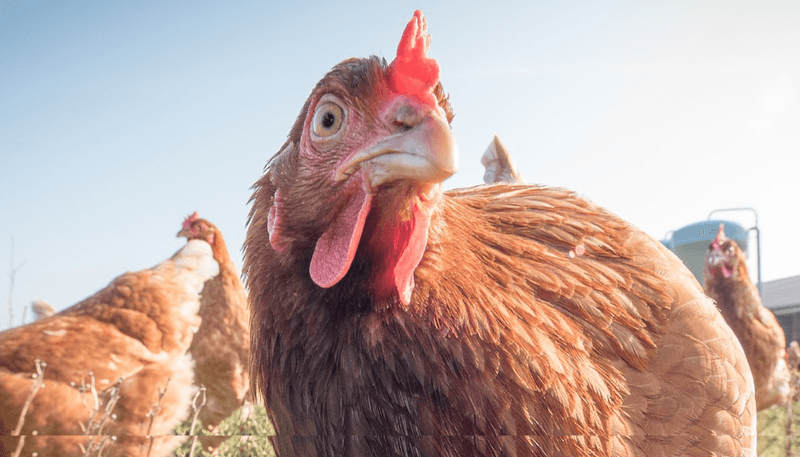
Chickens, with their jerky movements and clucking sounds, often exhibit a nervous disposition. Despite their skittish nature, they have complex social structures and pecking orders.
Interestingly, chickens communicate through various vocalizations, each with a specific meaning. Their instincts to flee from danger are well-honed.
Did you know? Chickens are descendants of the red junglefowl, and their domestication dates back thousands of years, highlighting their adaptability and significance in human history.
Goat
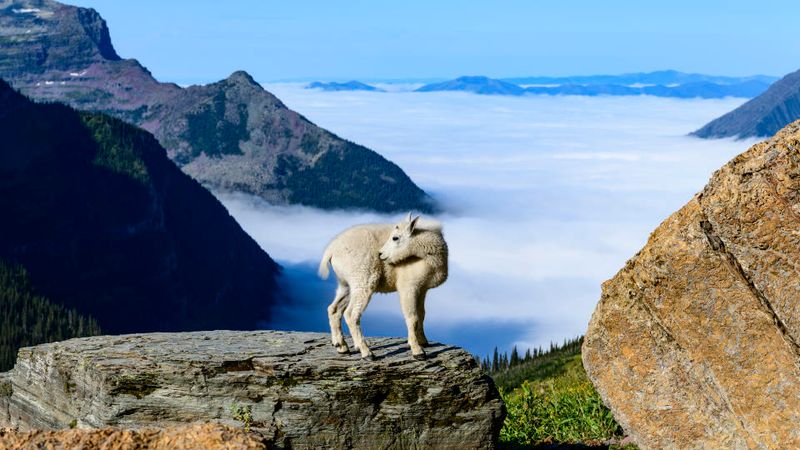
Goats, often seen as curious and playful, can also be surprisingly timid. Their agility and keen senses make them adept at escaping potential threats. Living in herds provides them with additional security.
Goats are known for their climbing abilities, often found scaling steep terrains with ease. Despite their cautious nature, they exhibit a playful curiosity.
Did you know? Goats have rectangular pupils, enhancing their depth perception, crucial for navigating rugged landscapes.
Opossum
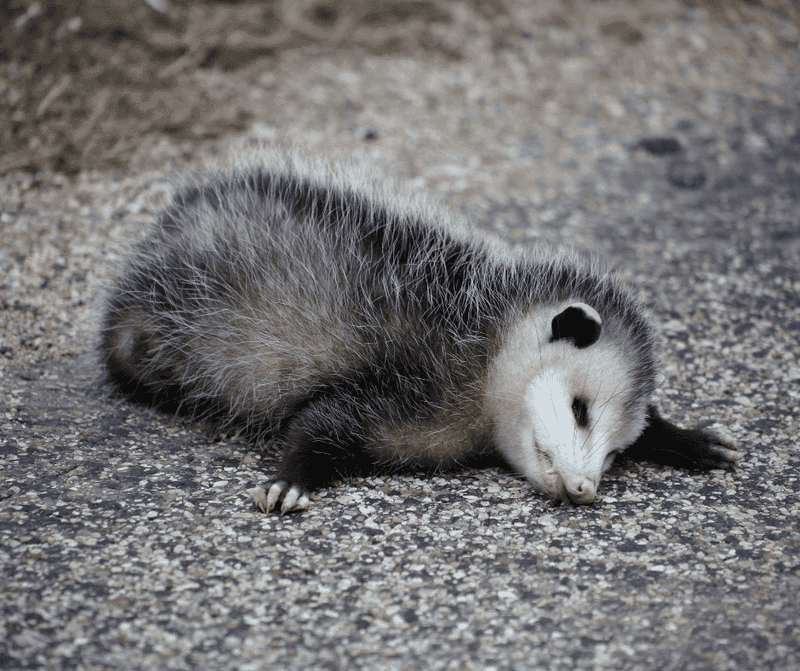
Opossums, with their peculiar defense strategy, are masters of deception. Playing dead when threatened, they rely on this act to deter predators. Their ability to “play possum” is both fascinating and effective.
Interestingly, opossums are resistant to snake venom, an adaptation that helps them survive in diverse habitats. They play a crucial role in controlling pests, eating insects and small rodents.
Despite their timid nature, opossums are highly adaptable, thriving in urban and rural environments alike.
Koala
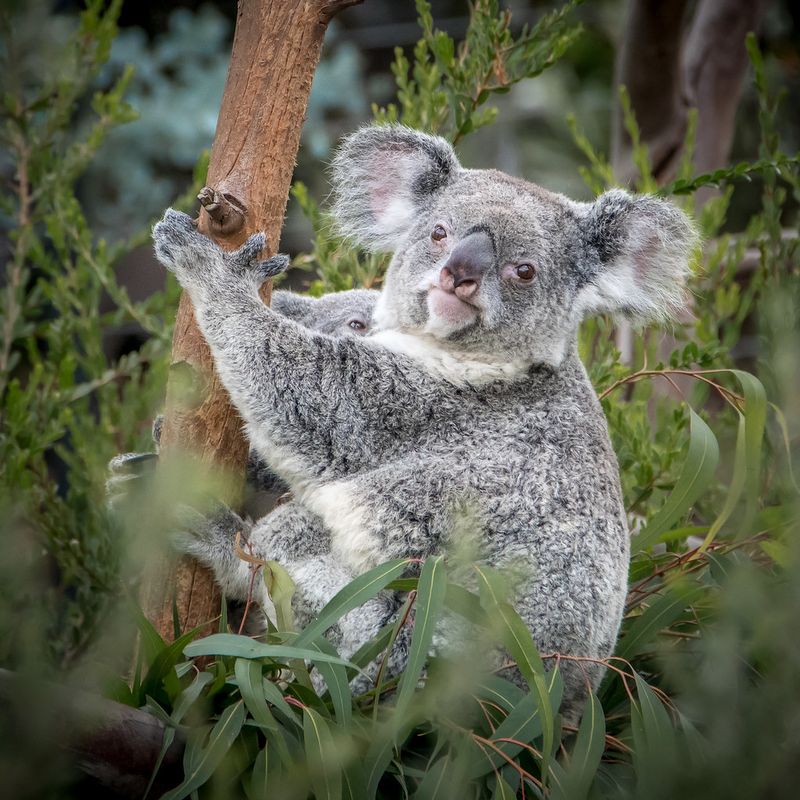
Koalas, with their endearing appearances and slow movements, are often perceived as timid creatures. They spend most of their time sleeping, conserving energy for digesting eucalyptus leaves.
Despite their sluggish demeanor, koalas have sharp claws for climbing and a keen sense of hearing. Their solitary nature adds to their perception as gentle and shy animals.
Did you know? Koalas have unique fingerprints, remarkably similar to humans, a testament to their evolutionary path.

